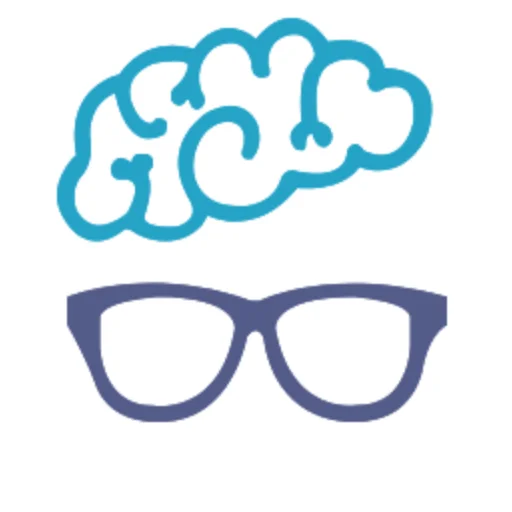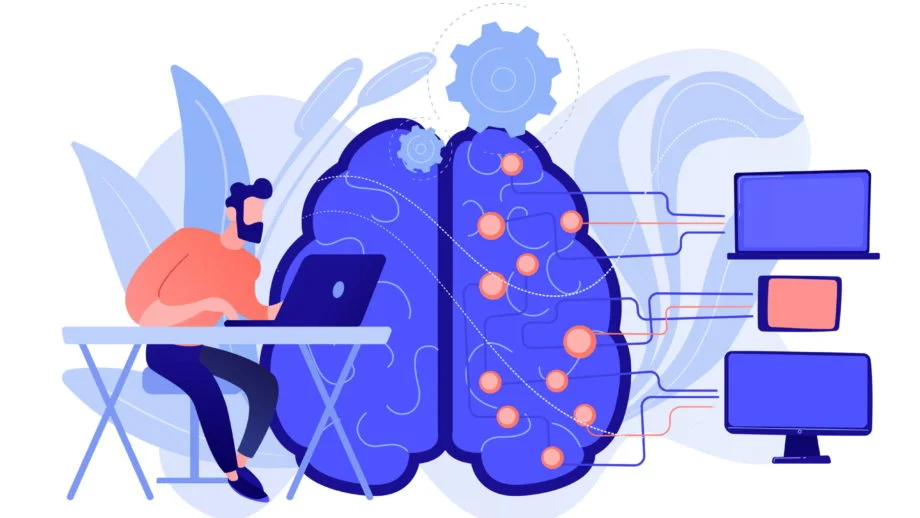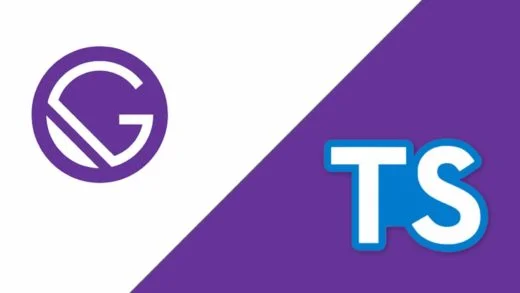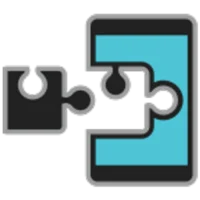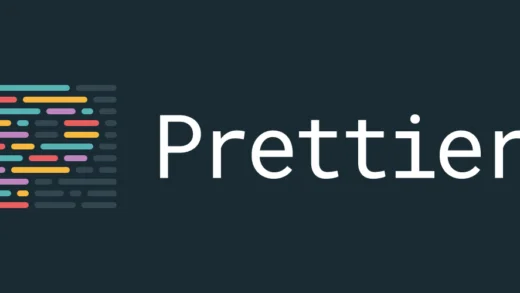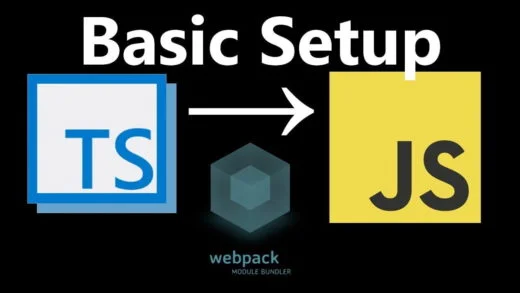In this article, we will go through some of the most commonly used open-source AI tools available in the market. This is not an exhaustive list. But it serves as a good starting point for anyone trying to venture into machine learning or artificial intelligence. Since these are open-source AI tools, one can easily experiment with the codebase. It can also help you understand the logic behind many machine learning algorithms.
There are plenty of open-source AI tools. However, for the sake of keeping it short and crisp, I have tabulated the ones which I tend to most commonly use in my machine learning work.
So, without any further ado, let us start!
Programming Languages
A variety of programming languages are available for machine learning. The Python and R languages are frequently used. A large number of support tools and software libraries have been developed in these languages to provide extensive support for manipulation of datasets, statistical analysis, machine learning algorithms, visualization, and other capabilities related to AI/ML. Prevalent languages used for general software development—such as Java, C++, C#, and so forth—can also be used for AI/ML. New languages continue to be developed and are finding significant use in AI/ML.
NumPy
This is a library for Python that enables you to create and perform mathematical calculations on large, multi-dimensional arrays (matrices). It also supports advanced mathematical functions for operating on these arrays, particularly in the domain of linear algebra. NumPy is a foundational library for machine learning using Python because it supports much more efficient computations than standard Python arrays. NumPy arrays can store many different types of data.
SciPy
SciPy is another component of the Python machine learning stack. It builds on NumPy by offering more powerful mathematical functions, particularly those used in the field of scientific computing. It also includes some of the other machine learning components discussed in this table, including pandas and Matplotlib.
Pandas
Part of SciPy, the pandas library supports data structures and data analysis functions for Python programming. In machine learning, the pandas DataFrame object type is particularly useful, as it enables you to load data into rows and columns. You can also use various pandas functions to describe and manipulate data in a DataFrame.
Matplotlib
Also part of SciPy, Matplotlib includes various methods for plotting data on graphs. Plotting data visually can provide you with new and useful perspectives about your data. It can subsequently influence your data workflow (and the training process itself). Matplotlib supports many different kinds of visualization techniques.
Seaborn
Seaborn extends the functionality of Matplotlib by incorporating more types of plots and sophisticated versions of Matplotlib plots. It also makes data visualization more attractive. For example, one common application of Seaborn is creating heatmaps to represent values in a matrix using colors and shading.
scikit-learn
Whereas SciPy and its modules are foundational to machine learning, scikit-learn actually implements machine learning algorithms. It provides support for fundamental supervised and unsupervised machine learning algorithms, including linear and logistic regression, decision trees, clustering, etc.
NLTK
The Natural Language Toolkit (NLTK) is a suite of Python libraries that support natural language processing (NLP). NTLK is most commonly used as a teaching tool for linguistic theory and practical application. It provides functionality for classification, tokenization, stemming, and other language-based operations.
TensorFlow
This library supports deep learning algorithms, enabling you to quickly set up, train, and deploy artificial neural networks with large datasets. TensorFlow supports a wide variety of programming languages, particularly Python and C. TensorFlow can leverage the power of GPUs to increase training performance. A companion library called TensorBoard provides visualization tools for TensorFlow neural networks. The “Tensor” in “TensorFlow” refers to a type of data structure used in linear algebra and commonly used in machine learning. For now, you might think of a tensor as a special sort of multi-dimensional array.
PyTorch
PyTorch is a deep learning library for Python that, like TensorFlow, uses tensors for computations. It is especially useful in NLP projects that leverage recurrent neural networks (RNNs). Because it is deeply rooted in Python, PyTorch tends to be easier to learn than TensorFlow. PyTorch also supports accelerated computations using GPUs.
Keras
Keras is a library that acts as a high-level interface for experimenting with artificial neural networks used in deep learning. It can run on top of several different neural network technologies, including TensorFlow. Keras is particularly useful for beginners to ANNs. It provides rapid prototyping because it abstracts some of the more complex components.
Apache Spark MLlib
Apache Spark is a framework for cluster computing, a technique in which multiple computers work together as if they were one system. Spark includes MLlib, a machine learning library that leverages the power of cluster computing to improve the performance of machine learning techniques like classification, regression, dimensionality reduction, feature extraction, and many more. Spark MLlib also supports a DataFrame object provided by Spark SQL, similar to pandas.
Jupyter Notebook
Jupyter Notebook is a web application that enables users to create, view, and share interactive notebooks. These files include live, executable code, as well as explanatory markup text. Program code in a notebook is often separated into multiple blocks. And the user can execute each block independently, sequentially, or all at once. While not specifically designed for machine learning, it is often used to teach machine learning principles through a hands-on process. In addition to Python, Jupyter Notebook also supports code written in R and Julia.
Google Colaboratory
Google provides a free cloud service based on Jupyter Notebook that provides free GPU access. There are limits, of course, such as the amount of data and duration of sessions. But this service enables users to practice working with GPUs. It also helps you develop deep learning applications using libraries such as PyTorch, TensorFlow, Keras, and OpenCV.
Anaconda
Anaconda is a cross-platform open-source distribution of many Python and R data science libraries (including NumPy, SciPy, pandas, Matplotlib, Seaborn, scikit-learn, NTLK, TensorFlow, and PyTorch) It also includes a graphical user interface (GUI) called Anaconda Navigator for managing packages and running processes. Because it includes so many of the libraries that make up open-source machine learning, Anaconda is often the preferred method of setting up a machine learning environment rather than installing each component individually.
This brings us to the end of this article!
I hope this list proves useful to you in your machine learning journey. If you think I missed any prominent open-source AI tool in this list, let me know in the comment section below.
Until next time, keep learning!
